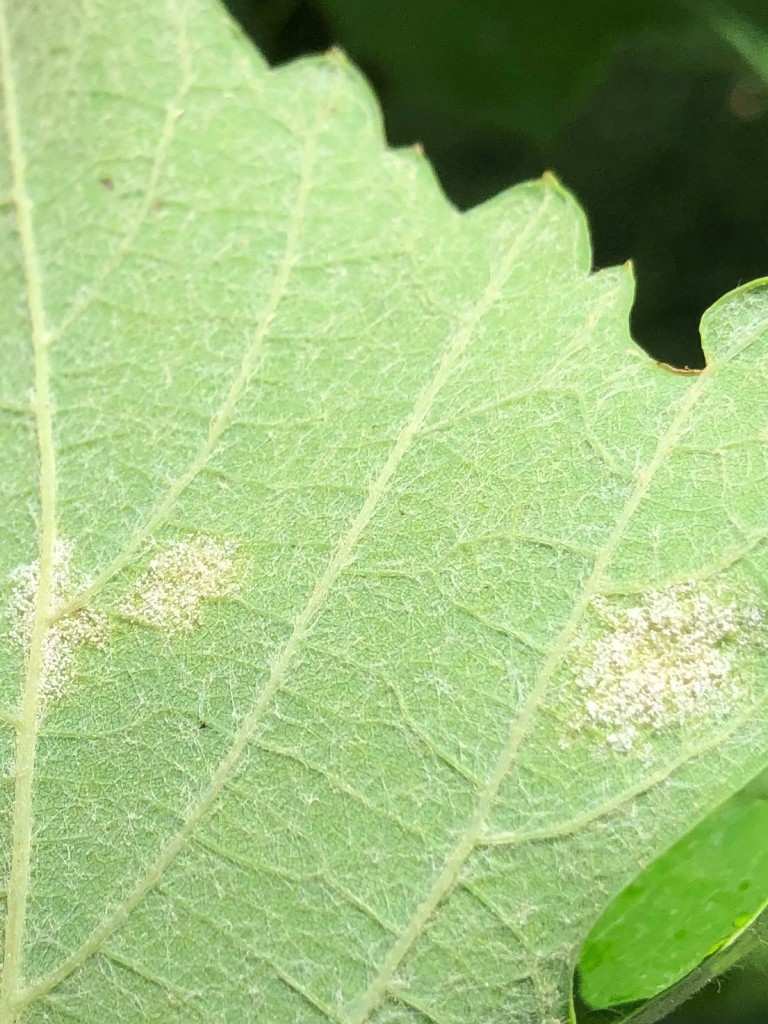
By Clint Thompson
Grape producers in north Alabama and north Georgia need to be wary of downy mildew disease. It has been confirmed in vonifera grapes in two separate Georgia locations, says Phil Brannen, University of Georgia Cooperative Extension fruit disease specialist.
“My hope is that if folks are spraying well, if they’re actually effective in spraying the vines and keeping fungicides on the vines, hopefully they won’t see this,” Brannen said.

He said initial symptoms of downy mildew are “oil” spots on the upper leaf surface with white, fluffy spore formation on the underside of the leaf. The important factor for grape producers to consider is protecting your leaves. As Brannen often preaches to his students at UGA, “plants don’t do well without leaves.”
“What we more often see with downy mildew on grapes and the susceptible varieties is that it will actually infect the leaves and you’ll get so much infection potentially if you don’t get enough fungicide out in a timely fashion, you could actually lose your leaves,” Brannen said. “If you lose your leaves, even though you have grapes that look fine … you cannot mature a grape for wine in that way. You’re going to have a real bad wine that would come from those grapes. You don’t want that to happen.”
First Discovered
Brannen said he first discovered downy mildew in a vineyard in west Georgia. But last week it showed up in his research plots in Watkinsville, Georgia.
“The secondary thing is if you lose enough leaves then you don’t store enough carbohydrates to the root system to survive the winter and you’ll have winter damage.”
Brannen cautions growers who are scouting for downy mildew to not confuse it with powdery mildew symptoms. In his Extension blog, Brannen said, “If you falsely identify downy mildew as powdery mildew, you are likely to start an aggressive spray program for powdery mildew that just allows the downy mildew to only get worse.”
Brannen provides a video on how to properly identify the presence of downy mildew.
He recommends incorporating highly efficacious materials such as Zampro, Revus, Ridomil Gold MZ (note the pre-harvest interval), etc. in spray programs moving forward.
Rain Contributes to Disease
The wet conditions have only fueled downy mildew’s fire in recent weeks.
“We’re getting a tremendous amount of rain in the last week or two. It seems like it rains every couple of days, if not every day. A lot of pop-up thunderstorms. That wets the leaves. The morning dews have been really wet. We tried to spray on Monday, went up to Blairsville (Georgia) to spray and we were just covered up in wetness,” Brannen said.









